Challenges with high-temperature solid oxide cells
High-temperature solid oxide cells (SOxC) such as solid oxide fuel cells (SOFC) and solid oxide electrolysis cells (SOEC) operate at temperatures of 800 to 1,000 °C. These temperatures are necessary for the operation of the cells. These temperatures are necessary for the operation of the cells. However, they lead to structural changes known as degradation. Degradation shortens the service life and reduces the efficiency of the cells.
Temperature gradients within the stack intensify this effect. Differences of more than 5 to 10 K significantly accelerate ageing. To prevent this, excessive temperatures must be avoided and uniform temperature distributions must be achieved.
Use of electrochemical impedance spectroscopy (EIS)
Electrochemical impedance spectroscopy (EIS) is a proven method for the diagnosis of high-temperature solid oxide cells. An innovative approach is the use of EIS for temperature measurement.
Since impedance depends on temperature, actual cell temperatures and temperature gradients can be accurately calculated. This is done without physical temperature sensors, which often only detect peripheral areas.
The multi-channel impedance spectrometer EIS-Meter from SIVONIC supplies the data in real time to the control unit of the oven or stack box. The oven is divided into several controllable heating zones. The heating power is adjusted based on the EIS data to limit maximum temperatures and minimize temperature gradients.
Cooling tubes or cooling fingers can also be integrated. These enable even more precise temperature control. In combination with current adjustment, an optimum operating environment is created.
SIVONIC has many years of experience in the use of multi-channel EIS meters for measuring stack temperatures during the joining and operation of SOFC/SOEC stacks.
Advantages for efficiency and service life
EIS technology reduces thermal stress and slows down degradation processes. This extends the service life of the cells.
The EIS meter from SIVONIC impresses with its high measuring accuracy and reliability. It can be easily integrated into existing process control systems. The recorded data is processed in real time.
Continuous monitoring and control with EIS significantly improves the efficiency and service life of high-temperature solid oxide cells.
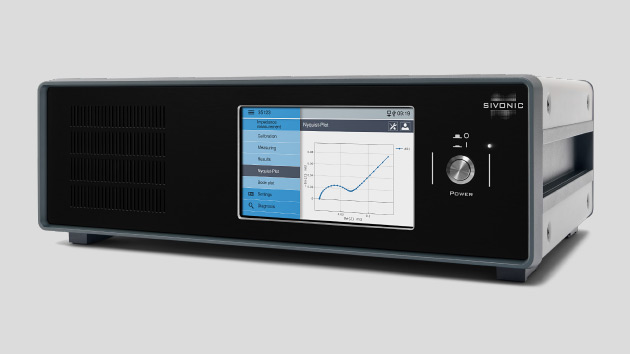
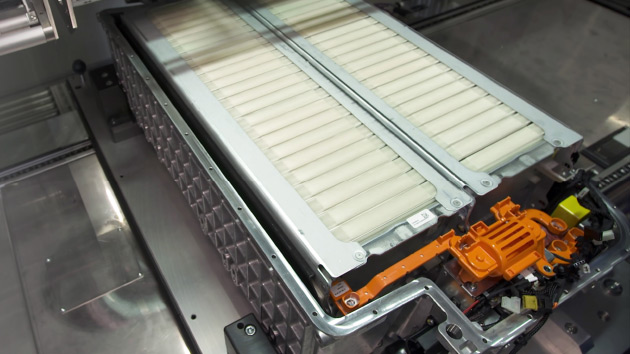


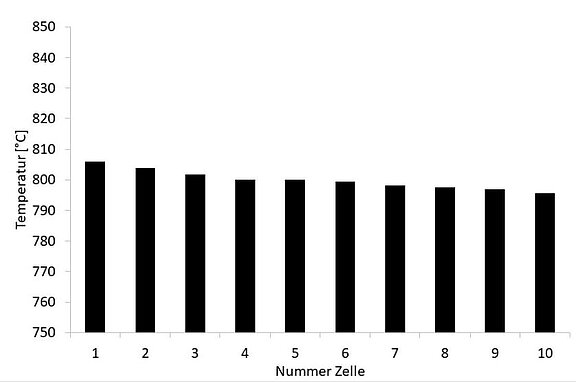
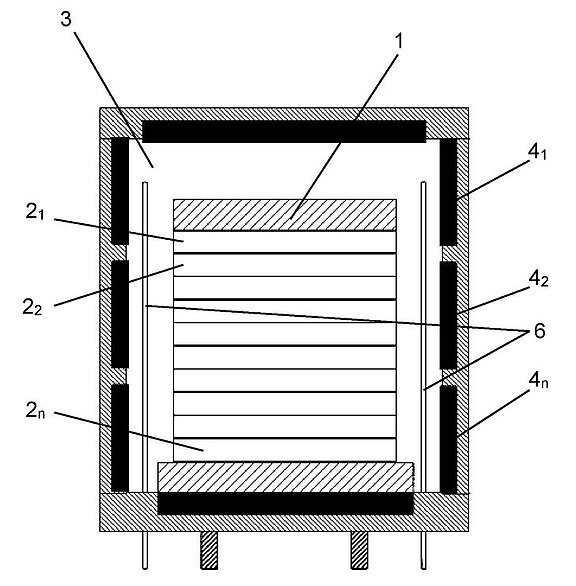
![Fuel Cell [Translate to Englisch:]](/fileadmin/_processed_/e/2/csm_img_Vorschau_Applikationen_Brennstoffzellen_5c9d48bd57.jpg)
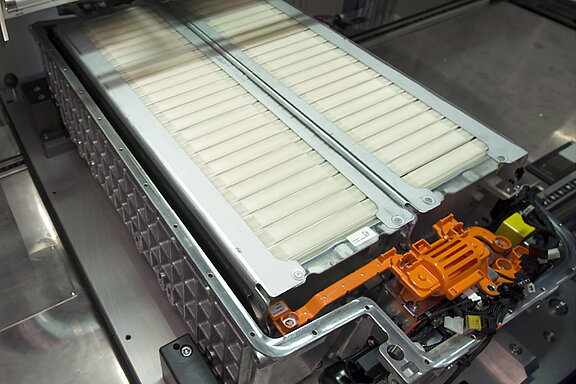
![Electrolysis [Translate to Englisch:]](/fileadmin/_processed_/c/5/csm_img_Vorschau_Applikationen_Elektrolyse_010bb10ebc.jpg)
![Corrosion [Translate to Englisch:]](/fileadmin/_processed_/b/0/csm_img_Vorschau_Applikationen_Korrosion_1a39355e33.jpg)
